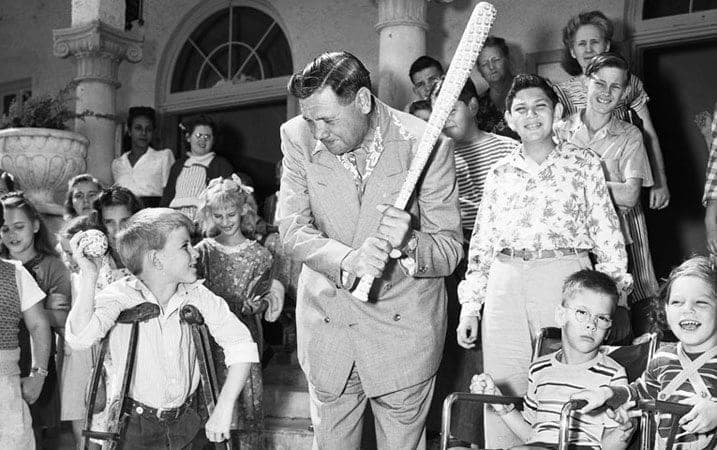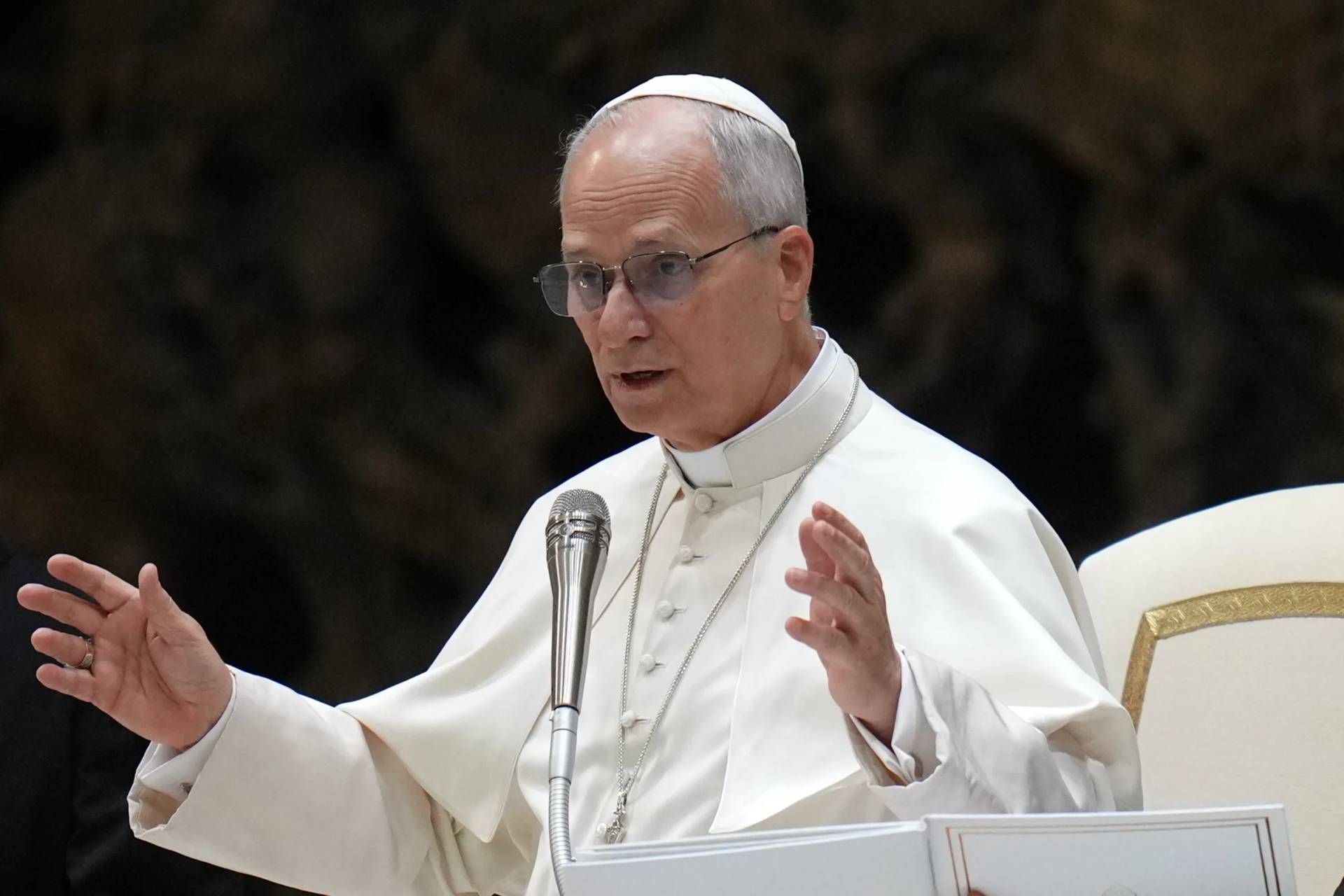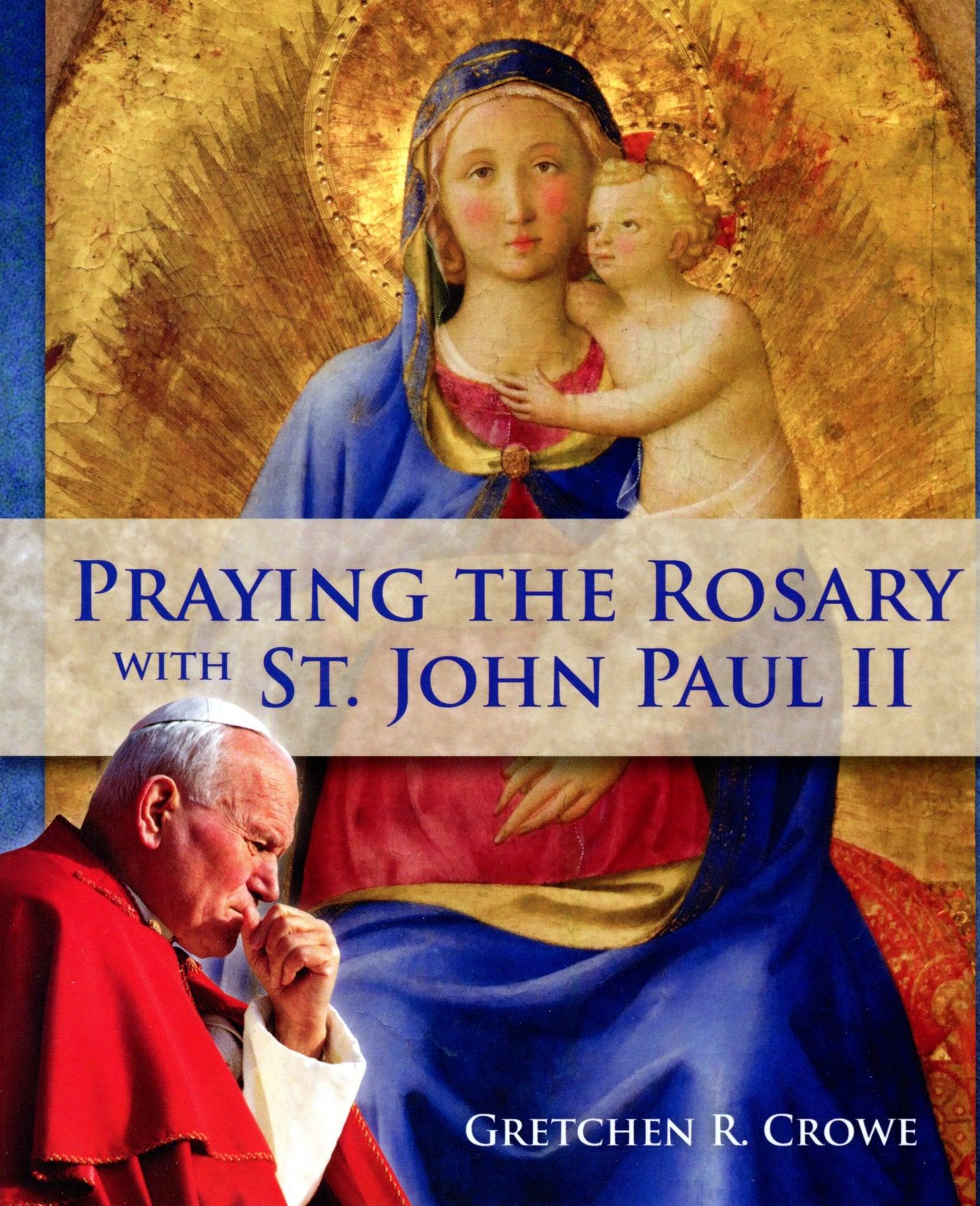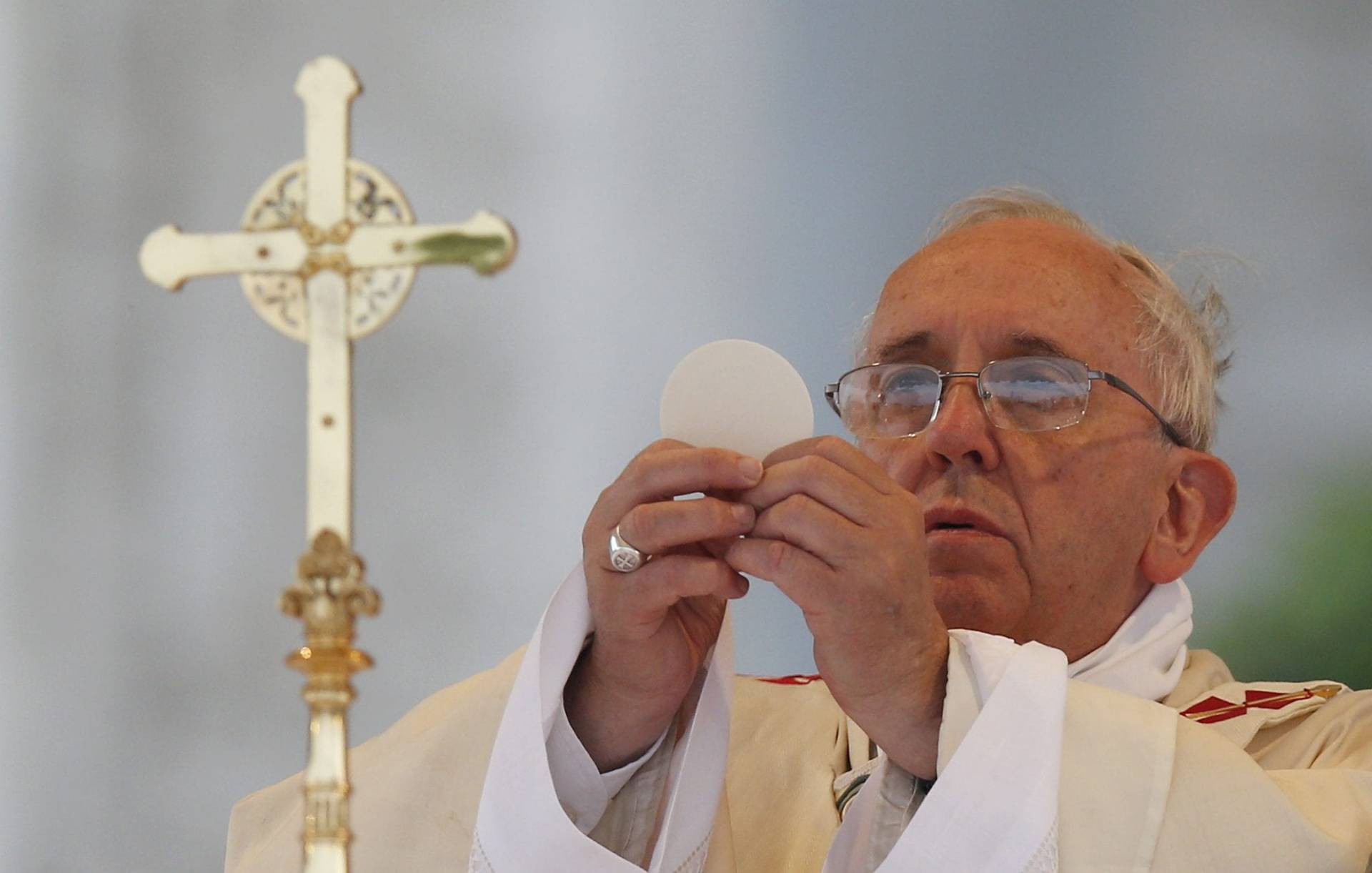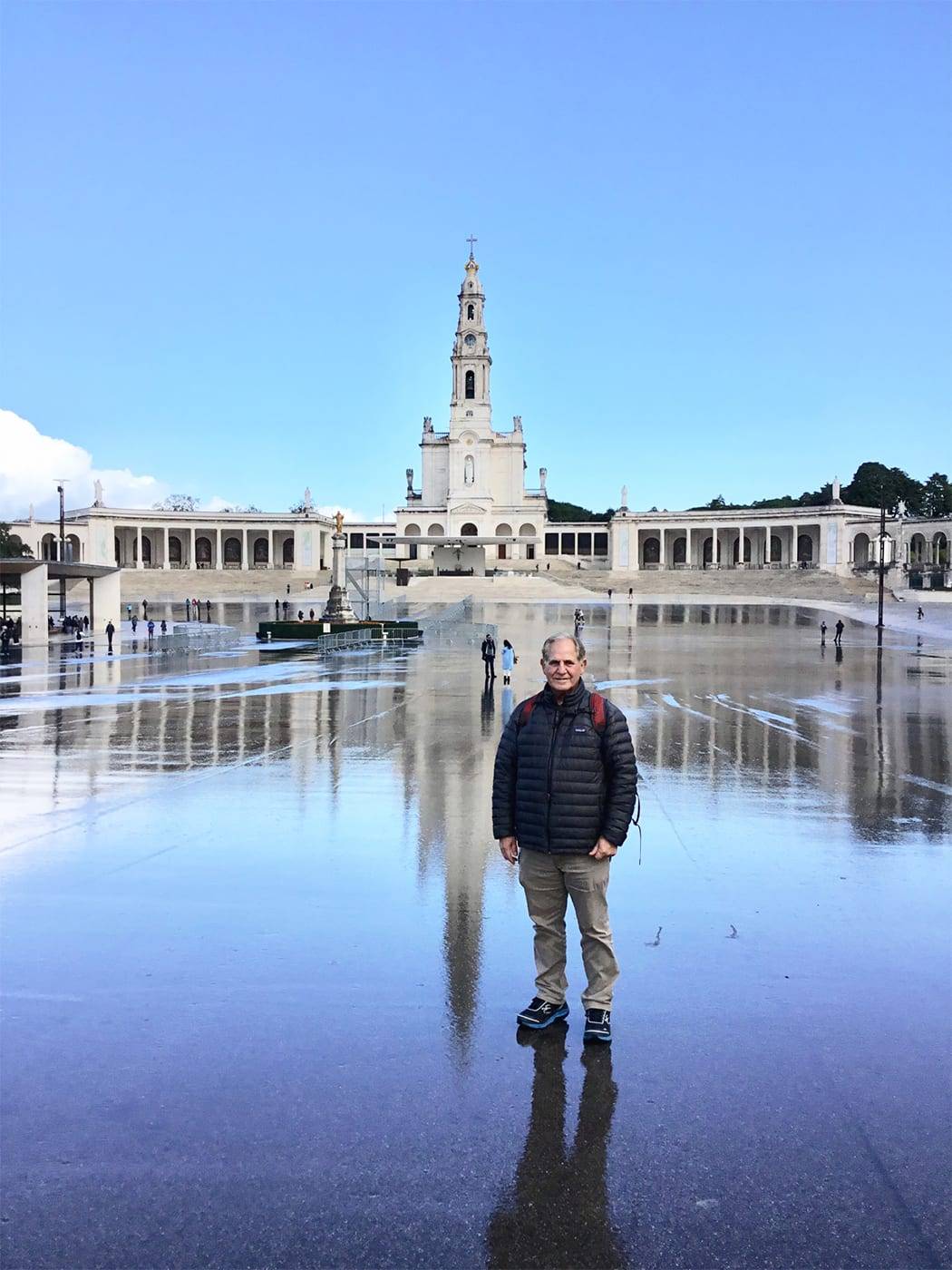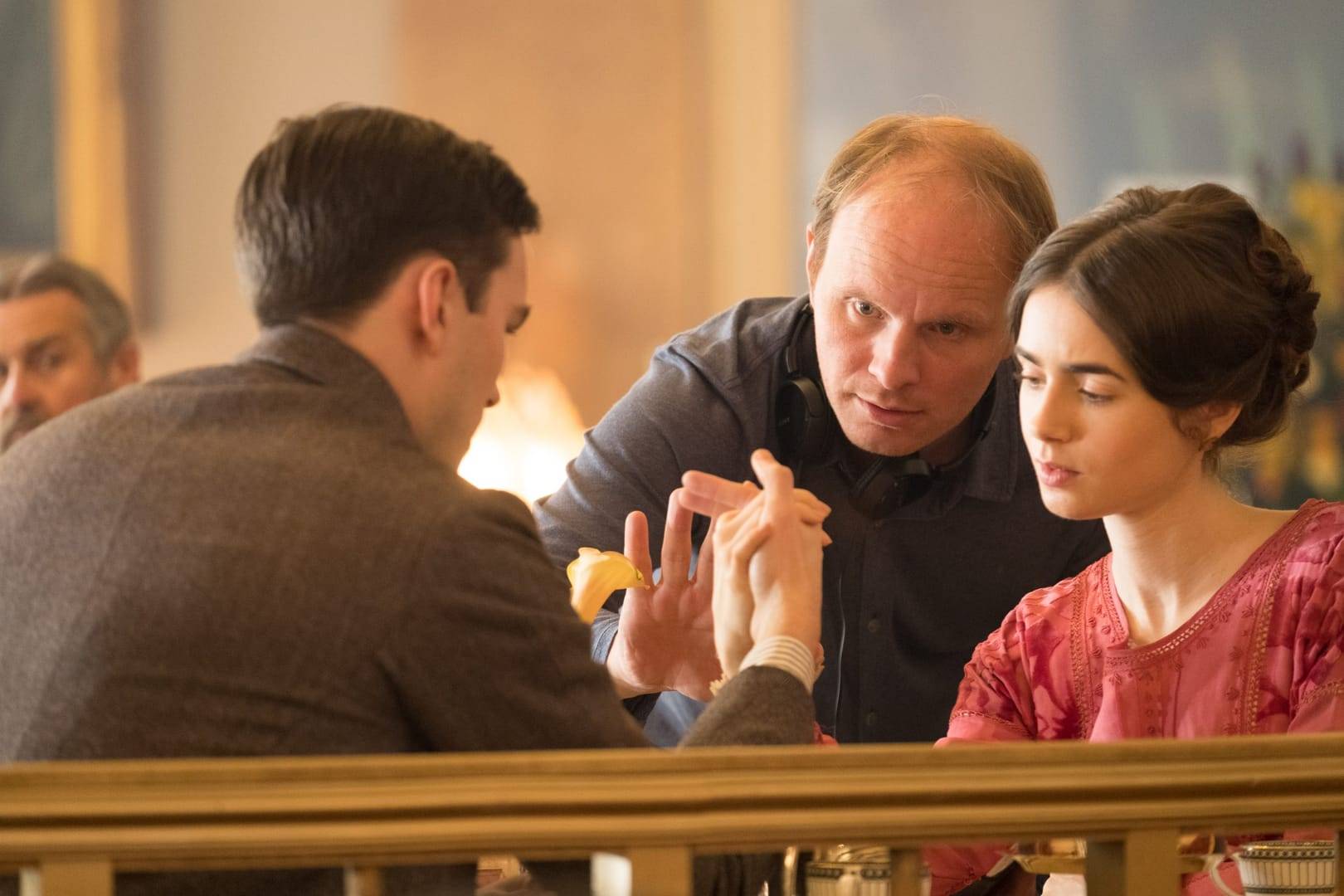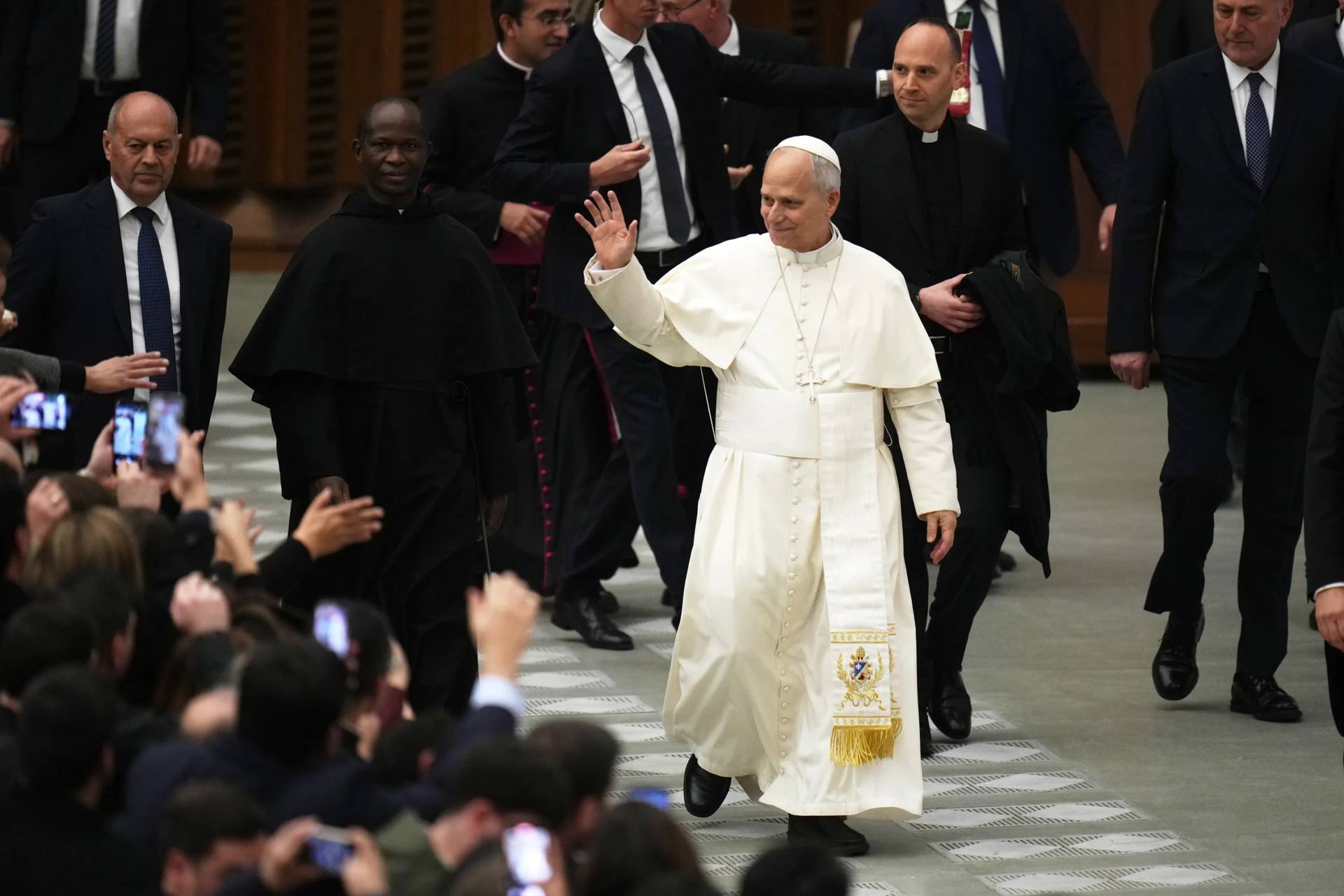Babe Ruth is known for many things. He’s one of the greatest baseball players of all time. His appetites — for food, booze, and women — were legendary. And his trade from the Red Sox to the Yankees in 1919, some say, put an 85-year curse on the Sox that wasn’t broken until they won the World Series in 2004.
But there’s one part of this beer-guzzling womanizer’s life, whose birthday is Saturday, that may come as something of a shock to many people: his deep and lifelong Catholic faith.
“I have a feeling that he was a good Sunday Catholic,” said Leigh Montville, author of “The Big Bam: The Life and Times of Babe Ruth” and a former baseball writer for The Boston Globe. “Saturday night, not so much.”
George Herman Ruth’s Catholicism began early in his life. As a small child, he was pretty much left to his own devices, hanging out at his dad’s saloon and roaming the streets of Baltimore, getting into the kind of trouble usually reserved for rebellious teens.
His parents eventually split up, and his dad decided he was too much work. So he dropped off the 7-year-old at St. Mary’s Industrial School, a sort of orphanage and boarding school for troubled boys run by the Xaverian Brothers. (The bishop of Baltimore was worried too many Catholic souls would be lost to other faiths should they end up in secular or Protestant institutions, leading to the creation of St. Mary’s.)
The conditions at St. Mary’s were Spartan, and many students complained, but it was there that Ruth learned to play baseball, crediting an instructor named Brother Matthias Boutlier with introducing him to the game.
And it’s also there where Ruth apparently learned the basics of his Catholic faith, which stuck with him throughout his less-than-pious life.
According to Montville’s book, Ruth was baptized as a baby, the son of a Catholic father and a Lutheran mother. But, for reasons unknown, another baptismal certificate exists for Ruth from when he was 11 years old and a student at St. Mary’s, with “convert” written on the form.
After a few years at St. Mary’s, Ruth seemed to settle down a bit, and while not exactly excelling in the classroom, he picked up traits associated with Catholic school students of a certain era.
One of the legacies of Ruth’s Catholic education was his handwriting, which was always neat and precise, according to Montville.
“He would write with his right hand, not his natural left, in an elegant script that was fashioned by assorted whacks on his wrist by a brother’s wooden ruler,” he writes.
Ruth was encouraged to pursue baseball, earning a spot on the school’s team, and the brothers eventually allowed him to join semi-pro teams in the Baltimore area to hone his skill. Eventually he was picked up by the Baltimore Orioles, playing in the minor leagues before being shipped up to Boston to join the Red Sox in 1914.
During his five years in Boston, Ruth shocked some of his teammates with his wild behavior.
He was known to hire prostitutes, sometimes several in a single night, and subjected his roommates to his all-night coupling. He could eat up to 10 hot dogs in a single sitting and would wash them down with several bottles of soda and beer.
Even after getting married, twice, Ruth continued dalliances with multiple women, partying it up in Boston and then New York.
But come Sunday, he’d seek forgiveness and start afresh.
“He would amaze teammates sometimes when he would appear at Mass in the morning after a night of indulgence,” Montville writes. “Three Our Fathers, three Hail Marys, a good Act of Contrition, a $50 bill in the collection basket, ready to go.”
Even Ruth’s two marriages show how his Catholic faith influenced his life.
Ruth separated from his first wife, Helen Woodford, in the 1920s. But because they were both Catholic, they never divorced. They both entered new relationships, however, and it wasn’t until Woodford died in a house fire in 1929 that Ruth married his second wife, Claire Merritt Hodgson.
While on the Red Sox, Ruth joined the Knights of Columbus in South Boston, the Pere Marquette Council 271. The council sponsored a Babe Ruth Day at Fenway Park, and Ruth returned the favor by knocking a ball out of the park and tying baseball’s home run record, which was then 27 homers.
After his 1919 sale to the New York Yankees, Ruth stayed a member of the Boston chapter. In 2007, a $10 check Ruth sent to the Knights in 1938 was auctioned off for more than $4,000.
Ruth never forgot his time at St. Mary’s, and whereas some alumni recalled with bitterness the strict, regimented lifestyle imposed on them, Ruth helped raise money for the institution well into his professional career — he even bought a Cadillac for Brother Matthias, worth more than $66,000 in today’s dollars. And when the car was struck by a freight train and destroyed, Ruth replaced it.
Even with a demanding schedule and flashy lifestyle, Ruth still found time to help fundraise for Catholic causes.
During his 1923 season with the Yankees, for example, Ruth was busy with a wife and family, as well as a mistress.
But he nonetheless accepted an invitation from the Rev. William Casey, pastor of Ascension Parish in Philadelphia, to play in a charity baseball game. His team lost.
Following his retirement in 1935, Ruth sought professional managing gigs, but he was unsuccessful. So he stuck to charitable works, visiting sick kids in hospitals, working with the Red Cross during World War II, and finding ways to support indigent children.
Ruth was diagnosed with cancer in 1946, and for the next two years endured a series of hospitalizations and surgeries to combat the disease.
The Christian magazine Guideposts ran an essay attributed to Ruth that year.
In the essay, Ruth recalled his original diagnosis, when he called on a Catholic chaplain to hear his confession before his first surgery.
“As I lay in bed that evening I thought to myself what a comforting feeling to be free from fear and worries. I now could simply turn them over to God,” he wrote.
(Montville laughed when I asked him if he thought Ruth actually penned the essay. “He may have said some of it,” he said.)
Two years later, Ruth died.
By his side was a statue of Martin de Porres, the Peruvian-born saint who is patron to mixed-race people, lending an interesting coda to rumors that Ruth was part African-American, which prompted bullying from his peers at St. Mary’s.
On Aug. 19, 1948, New York Cardinal Francis Spellman celebrated Ruth’s funeral Mass at St. Patrick’s Cathedral. Reports from the time say about 6,000 people were allowed inside the cathedral, while 75,000 more waited outside in the rain for a glimpse of Ruth’s casket.
Ruth is buried at Gate of Heaven Cemetery about 30 miles from New York City.
On the giant headstone marking his grave is inscribed a quote from Spellman, “May the divine spirit that animated Babe Ruth to win the crucial game of life inspire the youth of America.”
So what is one to make of Ruth’s excessive lifestyle vis à vis his Catholic faith?
“I think it would surprise people that he had any faith because he was such an outlandish guy in his public time,” he said. But, at the same time, he said, “He was a Catholic school Catholic to the n-th degree.”
He pointed back to Ruth’s wild nights and his apparent search for forgiveness come Sunday mornings.
“That’s a formula, I think, that’s been used in a lot of lives,” he said.
